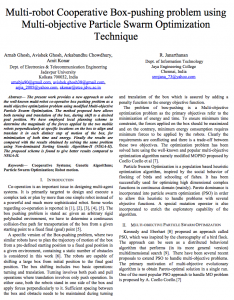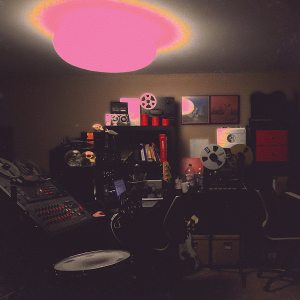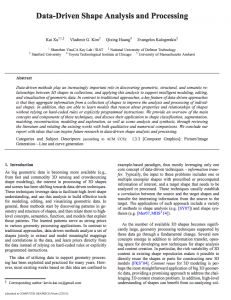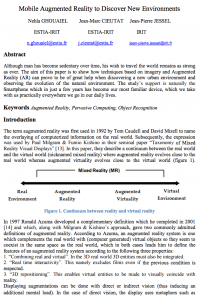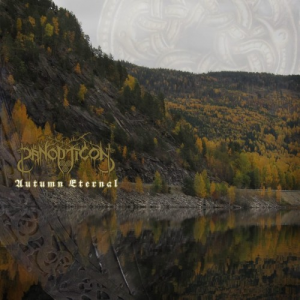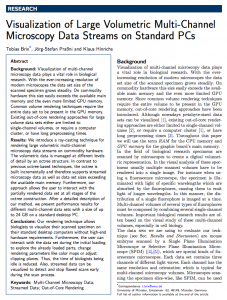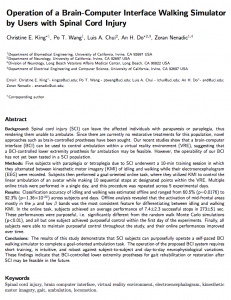
Operation of a Brain-Computer Interface Walking Simulator by Users with Spinal Cord Injury
Today I read a published paper “Operation of a Brain-Computer Interface Walking Simulator by Users with Spinal Cord Injury”
The abstract is:
Background: Spinal cord injury (SCI) can leave the affected individuals unable to ambulate. Since there are no restorative treatments for SCI, novel approaches such as brain-controlled prostheses have been sought. Our recent studies show that a brain-computer interface (BCI) can be used to control ambulation within a virtual reality environment (VRE), suggesting that a BCI-controlled lower extremity prosthesis for ambulation may be feasible. However, the operability of our BCI has not been tested in a SCI population. Methods: Five subjects with paraplegia or tetraplegia due to SCI underwent a 10-min training session in which they alternated between kinesthetic motor imagery (KMI) of idling and walking while their electroencephalogram (EEG) were recorded. Subjects then performed a goal-oriented online task, where they utilized KMI to control the linear ambulation of an avatar and make 10 sequential stops at designated points within the VRE. Multiple online trials were performed over 5 experimental days. Results: Classification accuracy of idling and walking was estimated offline and ranged from 60.5% (p=0.0176) to 92.3% (p=1.36*10^-20) across subjects and days. In the online task, all subjects achieved purposeful control with an average performance of 7.4 +/- 2.3 successful stops in 273 +/- 51 sec (p<0.01). All subjects maintained purposeful control throughout the study, and their online performances improved over time. Conclusions: The results demonstrate that SCI subjects can purposefully operate a self-paced BCI walking simulator to complete a goal-oriented ambulation task. The operation of this BCI system requires short training, is intuitive, and robust against subject-to-subject and day-to-day neurophysiological variations. These findings indicate that BCI-controlled lower extremity prostheses for gait rehabilitation or restoration after SCI may be feasible in the future.
